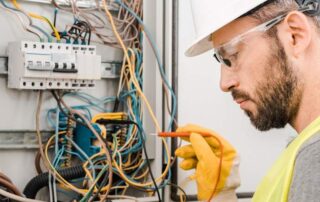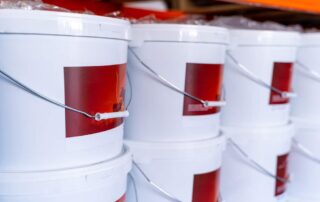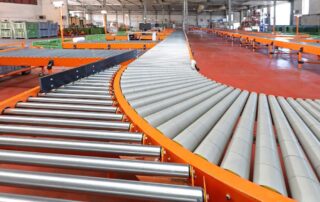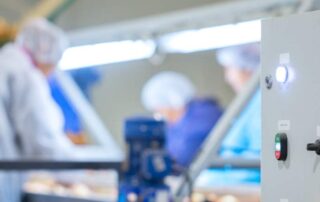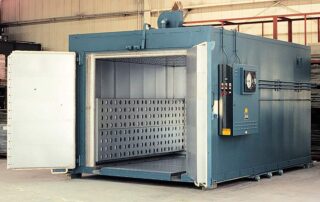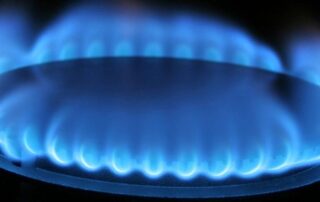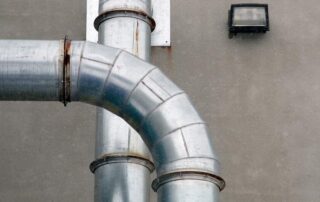UL508A Standard for Industrial Control Panels
When it comes to UL508A certification, let’s start with the UL part. UL stands for Underwriters Laboratories; it is an officially recognized and authorized organization that conducts extensive safety research and develops standards in the US and Canada. Its goal is to assure consumers that the products they buy are safe. Underwriters Laboratories are most widely known for creating standards for electrical products. For example, every electrical outlet, light fixture, and light bulb in the U.S. has a UL symbol on it. A UL508A standard is a set of instructions regarding the manufacture of industrial control panels. Electrical inspectors look for the UL508A marking when reviewing a panel. The marking communicates to the inspector and the buyer that a third party examined the product, found it to comply with nationally recognized safety standards, and certified it. The certification also guarantees that the panel is compliant with national and local electrical codes. An industrial control panel, according to UL, is "an assembly incorporating two or more pieces of industrial control equipment or related control circuit devices, provided with interconnecting wiring and [...]


